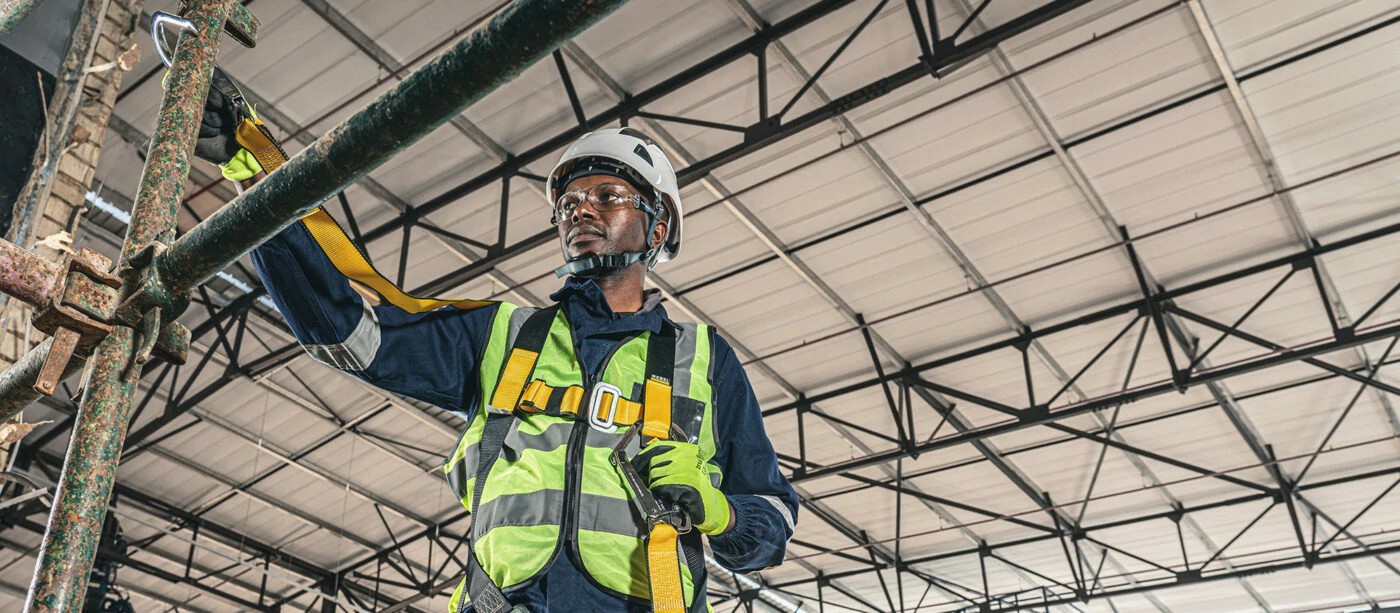


 349,500 Offered Certificates
349,500 Offered Certificates
 24/7 Online Training
24/7 Online Training
 Money Back Guarantee
Money Back Guarantee
 Fully Accredited Courses
Fully Accredited Courses

Created at: 22-02-2025 15:51
In today’s rapidly changing work environment, the significance of Working at Heights training cannot be overstated. Businesses across various industries, from construction to maintenance, are increasingly recognizing the importance of providing their employees with the necessary skills and knowledge to operate safely at elevated levels.
Working at Heights training is designed to educate employees about the risks associated with working above ground level and the safety measures necessary to mitigate these risks. With a proper understanding of safety protocols, employees can prevent accidents and injuries, ensuring a safe working environment.
Here are some of the most important lessons covered in Working at Heights courses:
Compliance with safety regulations is a critical aspect of any business operation. By investing in Working at Heights certification, companies can demonstrate their commitment to employee safety and adherence to legal requirements. Failure to comply can result in:
Accidents that occur while working at heights can have devastating impacts—not just on the individual but also on the business as a whole. Implementing Working at Heights safety courses can significantly reduce the likelihood of such accidents, leading to:
Ultimately, prioritizing Working at Heights training is an investment in your workforce and the future of your business. Here are compelling reasons to consider:
In conclusion, Working at Heights training is paramount for businesses focused on fostering a culture of safety and compliance. Investing in working at heights courses online or in-person is not just about meeting legal obligations—it's about ensuring the safety and well-being of all employees. By prioritizing these trainings, companies can enhance workplace efficiency while significantly reducing the risk of accidents.
Don’t wait for an accident to happen. Enroll your team today in a Working at Heights certification course tailored to your industry needs. Get in touch with us via email at [email protected] or visit our website for more information. Safety is not just a requirement; it’s a responsibility!